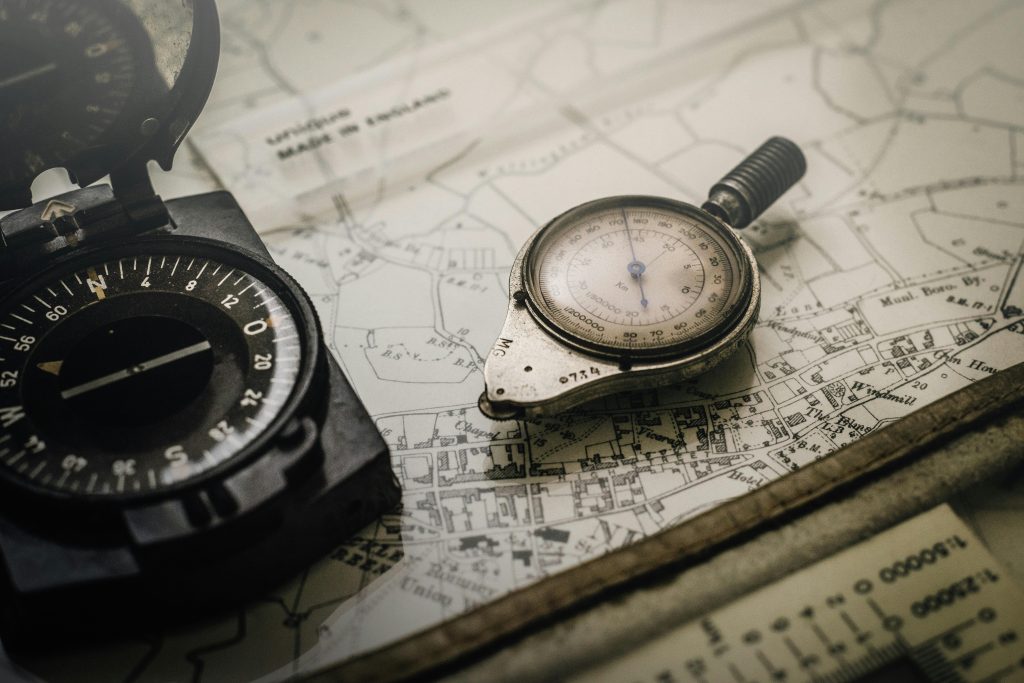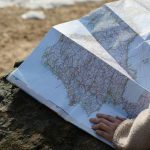Introduction
Whether you’re trekking the Blue Mountains, exploring remote bushland, or weekend-walking your local trails, navigation is your best friend in the wild. While traditional maps and compasses still have their place, technology now offers hikers a powerful advantage: navigation apps that combine real-time GPS, offline maps, route tracking, and safety features—all in your pocket.
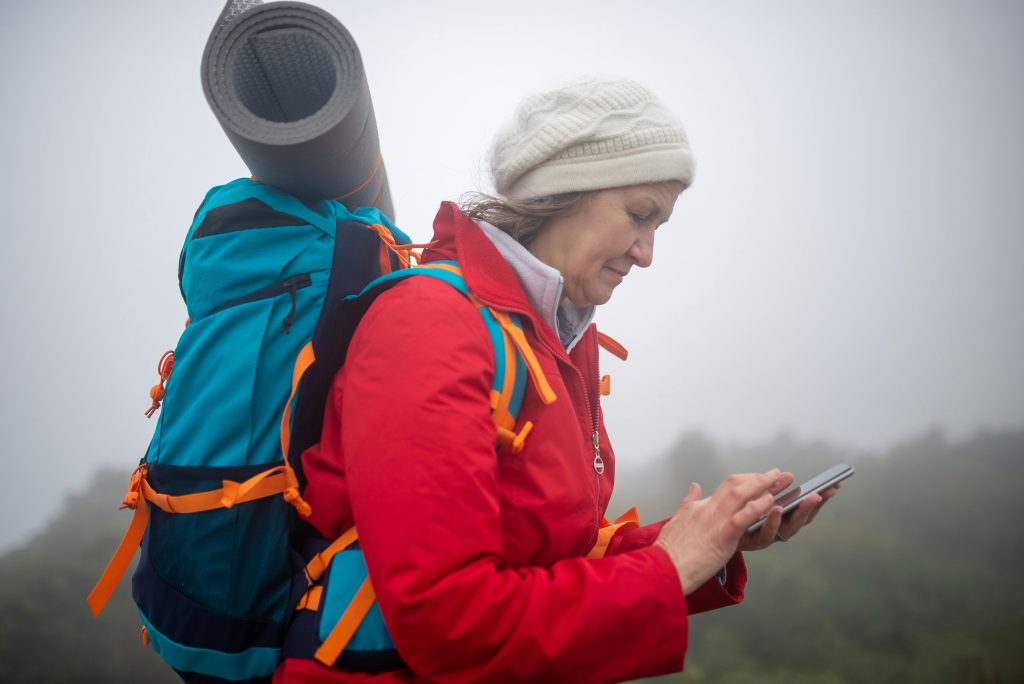
In this guide, we explore the top navigation apps for hikers, comparing their features, ease of use, offline capability, and suitability for Aussie trails. Whether you’re a beginner hiker or a seasoned bushwalker, these tools can help you hike smarter, safer, and with more confidence.
Why Use a Hiking Navigation App?
The right app can do more than show you where you are—it can:
- Help plan your hike with accurate route data
- Provide offline maps in areas with no signal
- Track your progress, elevation, and distance
- Offer weather updates and safety alerts
- Share live location with others in case of emergencies
TrackPath Tip: Always carry a backup battery or power bank on long hikes. No battery = no GPS = potential trouble.
1. AllTrails
Best For: Beginner to intermediate hikers looking for a global trail directory
Key Features:
- 400,000+ trails worldwide, including top-rated Aussie walks
- Trail reviews, photos, difficulty ratings, and community insights
- GPS tracking with real-time progress
- Offline map access (Pro version)
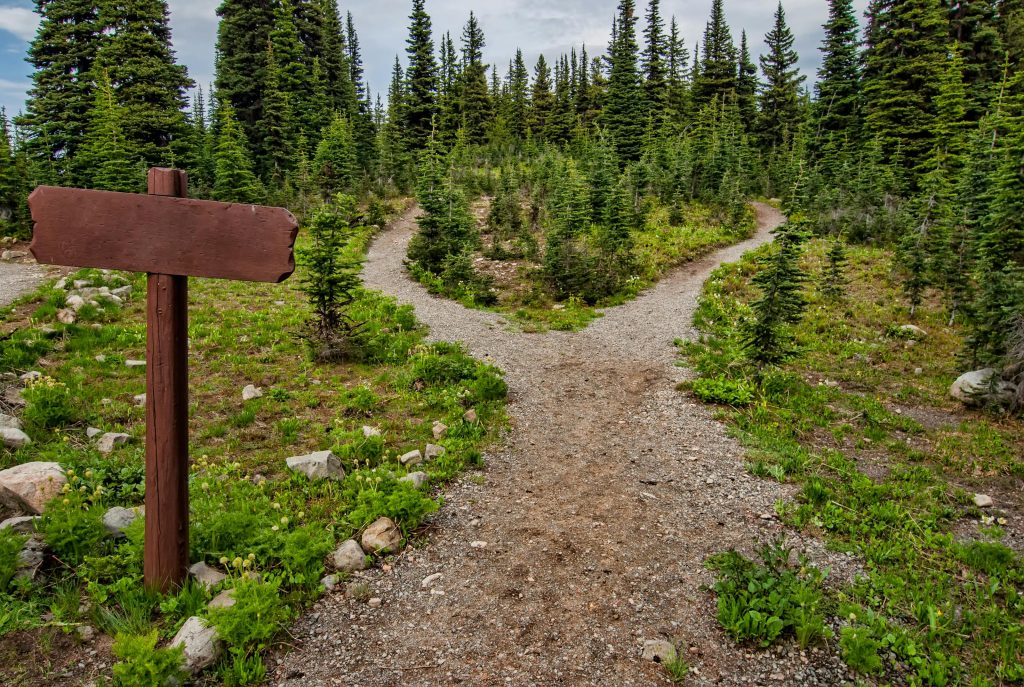
Pros:
- User-friendly interface
- Excellent for discovering new trails
- Community-based reviews and photos add real-world insights
Cons:
- Free version has limited offline access
- Not as detailed for remote bushland routes
2. Gaia GPS
Best For: Serious hikers and backcountry explorers who need detailed topographic maps
Key Features:
- Advanced topo and satellite layers
- Elevation profiles, waypoints, and route planning
- Excellent offline map functionality
- Syncs across devices
Pros:
- Extremely detailed for remote and off-grid hiking
- Ideal for planning multi-day or wilderness hikes
- Compatible with Apple CarPlay (for 4WD access points)
Cons:
- Learning curve for new users
- Requires paid subscription for full features
3. ViewRanger / Outdooractive
Best For: Hikers looking for augmented reality trail experiences
Key Features:
- GPS navigation and offline maps
- Skyline feature for AR-based peak and landmark identification
- Trail guides and route suggestions
- Community-uploaded trails and stats
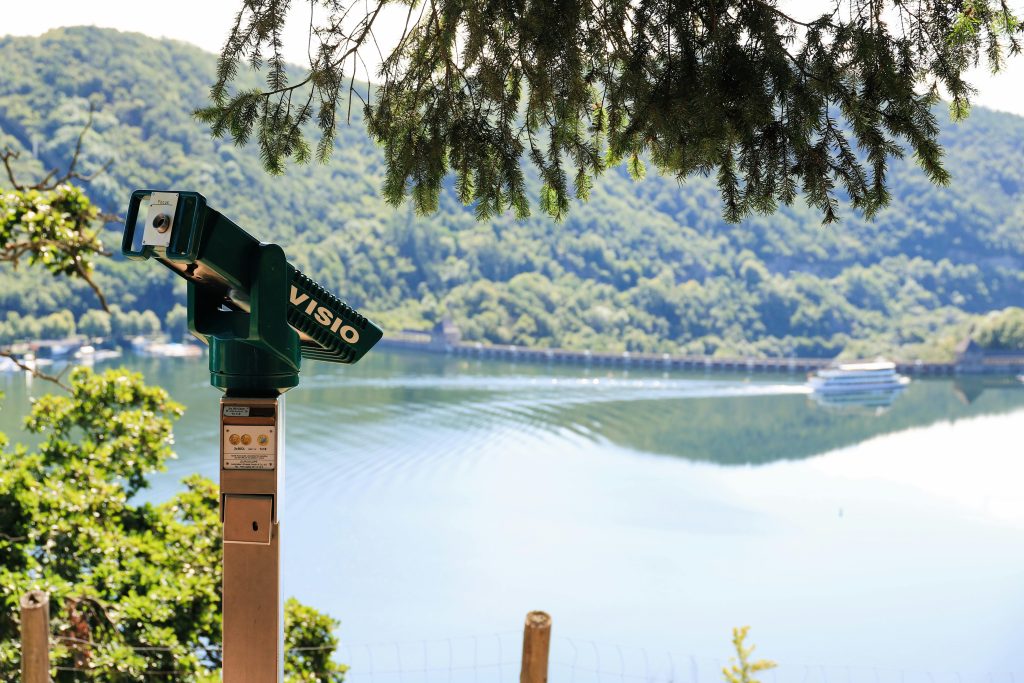
Pros:
- Unique AR tool for identifying mountains and terrain
- Great visual interface for elevation and tracking
- Large trail library
Cons:
- Some features require internet connection
- AR feature can drain battery faster
4. Komoot
Best For: Hikers who love to plan custom routes and explore multi-sport activities
Key Features:
- Voice navigation for hiking, biking, and running
- Route planning with terrain-specific guidance
- Downloadable regional maps
- User-shared highlights for hidden gems
Pros:
- Smooth planning experience with terrain filters
- Offline navigation available per region
- Good for international hiking trips
Cons:
- Must purchase maps region by region
- Limited pre-loaded Aussie trail content (but growing)
5. Maps.me
Best For: Budget-conscious hikers needing offline navigation without a subscription
Key Features:
- Full offline map access
- Hiking trails and walking routes in many areas
- Turn-by-turn navigation
- Lightweight and battery-friendly

Pros:
- Completely free
- Great offline usability
- Compact and easy to use
Cons:
- Less detailed trail data
- No community features or reviews
6. Avenza Maps
Best For: Hikers needing official park maps and custom GPX importing
Key Features:
- Download official topo and park maps (e.g., from Parks Australia)
- GPS positioning without signal
- Import custom GPX files
- Track, drop pins, measure distances
Pros:
- Extremely accurate with official map access
- Popular among bushwalkers, park rangers, and field researchers
Cons:
- Interface is less intuitive
- Some maps cost extra
7. Cairn
Best For: Safety-conscious solo hikers and remote trekkers

Key Features:
- Share live location with emergency contacts
- Crowd-sourced cell coverage maps
- Safety check-in alerts if overdue
- Offline topo maps
Pros:
- Focuses on hiker safety and accountability
- Ideal for remote Australian trails
- Helpful emergency features for solo adventurers
Cons:
- Limited trail discovery features
- Premium plan required for full safety tools
How to Choose the Right App for You
Ask Yourself:
- Will I have reception? → Choose one with strong offline map capabilities
- Do I need detailed terrain data? → Opt for Gaia GPS or Avenza
- Do I want to explore new trails easily? → Try AllTrails or Komoot
- Is safety a major concern? → Consider Cairn

TrackPath Tip: You don’t have to use just one app. Many hikers use AllTrails for planning, Gaia GPS for terrain navigation, and Cairn for safety.
Conclusion
Hiking is one of the most powerful ways to connect with nature—and yourself. But no matter how experienced you are, the wild can be unpredictable. That’s why using the right navigation app can make all the difference between a smooth, enjoyable trek and a stressful detour.
Choose your tool. Download your maps. Tell someone your plan.
Then lace up, breathe deep, and hit the trail with confidence.
